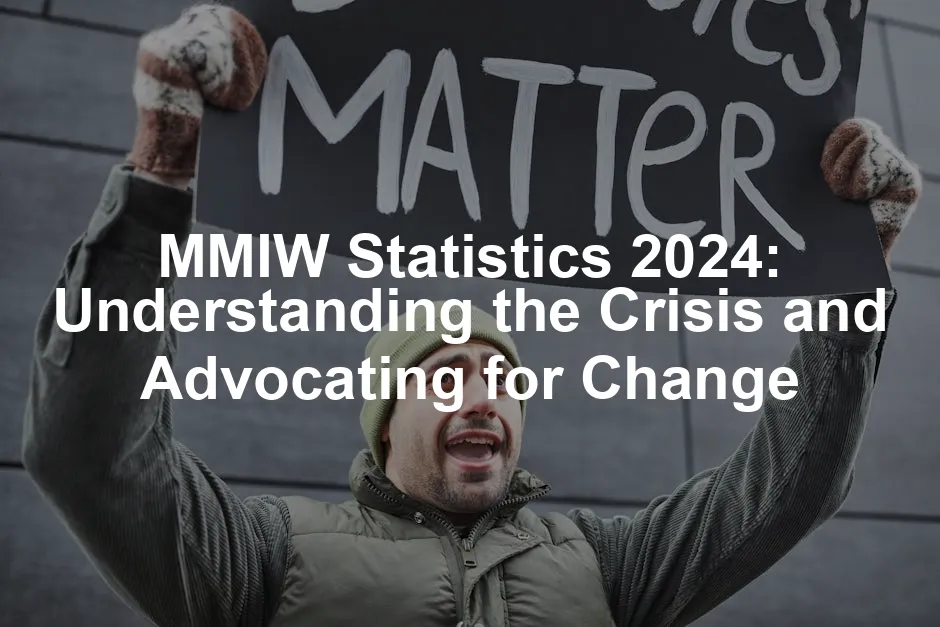Introduction
Missing and Murdered Indigenous Women (MMIW) is a profound crisis affecting Native communities across North America. The disappearance and murder of Indigenous women and girls is not merely a statistic; it is a reality that shatters families and communities. These alarming cases highlight a long-standing issue of systemic violence, discrimination, and neglect that Indigenous people endure.
Statistics reveal the gravity of this crisis. Recent data indicates that Indigenous women are disproportionately targeted, experiencing violence at rates far exceeding those of their non-Indigenous counterparts. For instance, a staggering 84.3% of Native women have faced violence in their lifetimes. Furthermore, murder is the third leading cause of death among Indigenous women, a fact that underscores the urgent need for action.
Awareness and advocacy play crucial roles in addressing these tragic statistics. Legislative actions, community initiatives, and grassroots movements are vital in combating this crisis. Events like the National Day of Awareness for Missing and Murdered Indigenous Women, observed every May 5th, serve as poignant reminders of the lives lost and the ongoing struggle for justice.
This article aims to provide a detailed analysis of MMIW statistics for 2024, aiming to shed light on the broader implications of these figures. By discussing the current landscape of MMIW statistics, we hope to foster understanding and inspire action towards meaningful change for Indigenous communities.
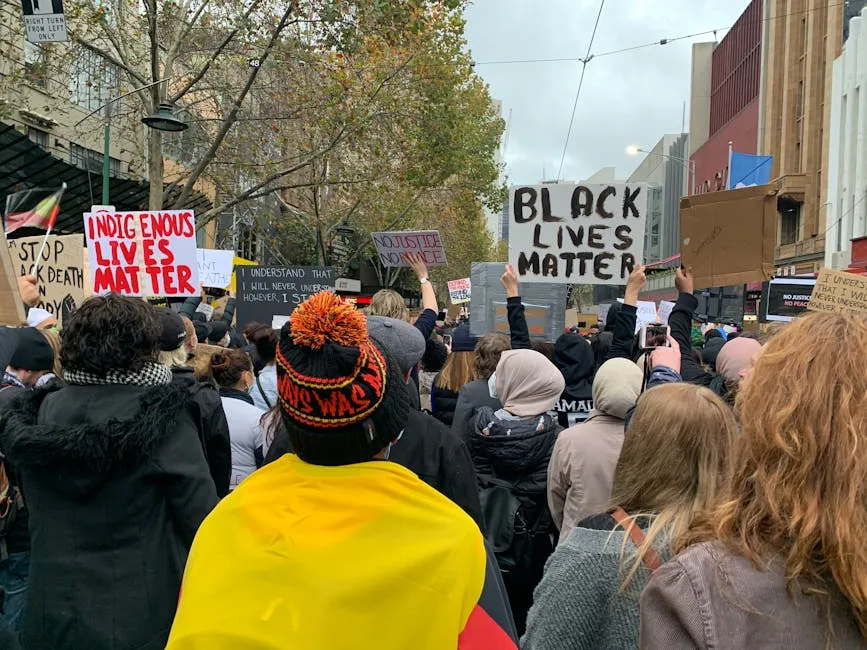
The Current Landscape of MMIW Statistics
Overview of MMIW Statistics
Understanding the scope of MMIW and MMIWG (Missing and Murdered Indigenous Women and Girls) is essential for grasping the full extent of this crisis. MMIW refers to the alarming rates of violence and disappearance that Indigenous women face, while MMIWG expands this focus to include girls. The definitions encompass both the systemic issues at play and the individual tragedies that unfold within communities.
The statistics from 2024 build upon previous years, revealing both the persistence and evolution of this crisis. For instance, in 2020, non-Hispanic American Indian and Alaska Native females faced the second highest homicide rate in the United States. This stark reality has remained consistent over the years, prompting calls for robust responses from law enforcement and policymakers.
Here are some key statistics that highlight the ongoing crisis:
- 5,712 reports of missing American Indian and Alaska Native women and girls were recorded in 2016, yet only 116 were entered into the National Missing and Unidentified Persons System (NamUs).
- Over 1.5 million American Indian and Alaska Native women have experienced violence throughout their lives, with 84.3% facing violence in some form.
- In many areas, the murder rate for Indigenous women exceeds the national average by alarming margins. For example, the homicide rate for Indigenous women can be ten times higher in certain regions, particularly on reservations.
These statistics are not just numbers; they represent lives affected and communities torn apart. The urgency to address these issues has never been more critical.

The statistics surrounding Missing and Murdered Indigenous Women are alarming and highlight the need for comprehensive understanding and action. mmiw statistics 2023
Infographic: 2024 National Day of Awareness for MMIW
Visual representations of data can significantly enhance advocacy and awareness efforts. An infographic illustrating critical statistics and trends related to MMIW can capture attention and convey the severity of the crisis more effectively than words alone.
Such visual data aids in educating the public, advocates, and lawmakers about the ongoing challenges facing Native women. It can highlight significant statistics, such as the disproportionate rates of violence and the importance of community-led initiatives. By sharing these infographics widely, we can foster greater understanding and mobilize further action to support Indigenous communities.
In conclusion, the landscape of MMIW statistics for 2024 paints a sobering picture. The need for awareness, advocacy, and legislative action is more pressing than ever. As we continue to confront these alarming realities, it is vital to amplify the voices of those affected and push for meaningful change. Through collective efforts, we can honor the lives of those lost and work towards a safer future for Indigenous women and girls.

Historical Context and Contributing Factors to the Crisis
Historical Trauma and Policy Impacts
The crisis surrounding Missing and Murdered Indigenous Women (MMIW) does not exist in a vacuum. It has roots entrenched in a complex history of government policies and historical trauma. For years, Indigenous communities have endured oppressive policies, leading to the forced removal of families, land seizures, and systemic violence.
The Indian Removal Act of the 1830s exemplifies this historical trauma, forcibly relocating thousands of Native Americans from their ancestral lands, causing immense suffering. Such policies created a legacy of distrust and marginalization. Families were torn apart, leading to intergenerational trauma that persists today.
Systemic violence against Indigenous peoples has been a constant theme. The history of residential schools aimed to erase Indigenous cultures, languages, and identities. These institutions subjected children to abuse, neglect, and cultural genocide. The repercussions of such policies linger, contributing to the vulnerabilities faced by Indigenous women in contemporary society.
Additionally, factors such as economic marginalization and inadequate access to healthcare have compounded these challenges. The intersection of poverty and violence creates a vicious cycle, making it difficult for affected individuals to seek help or escape dangerous situations.
Understanding these historical contexts is crucial to grasping the MMIW crisis. The systemic issues rooted in colonialism and violence continue to manifest, creating an environment where Indigenous women are disproportionately affected by violence and disappearance.
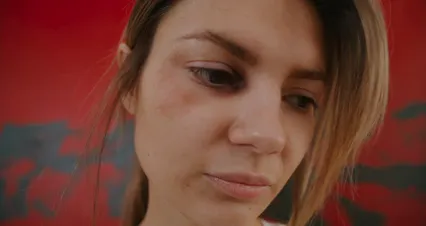
Socioeconomic Challenges
Socioeconomic challenges further exacerbate the MMIW crisis. Many Indigenous communities experience high rates of poverty, which significantly impacts their safety and well-being. According to the U.S. Census Bureau, approximately 25% of Native Americans live below the poverty line, compared to the national average of about 9%. This economic disparity leads to limited access to resources, including healthcare, education, and safe housing.
Additionally, insufficient law enforcement training plays a significant role in the crisis. Many law enforcement agencies lack the necessary resources and training to effectively address the unique needs of Indigenous communities. Reports indicate that over 60% of law enforcement personnel in tribal jurisdictions have not received training on the specific dynamics of violence against Indigenous women. Without proper training, these agencies struggle to respond adequately to cases involving missing or murdered Indigenous women.
Statistics paint a grim picture. The National Institute of Justice estimates that 84.3% of Native women will experience violence in their lifetime, with over 56% facing sexual violence. The homicide rate for Indigenous women is alarmingly high, often exceeding that of other demographics.
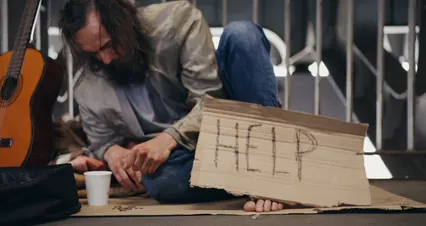
To understand the resilience and cultural richness of Indigenous peoples, reading books like “The Round House” by Louise Erdrich can provide insight into the challenges faced by Native communities. This novel sheds light on the intersection of culture, trauma, and resilience. It’s a gripping read that can help you understand the depth of these issues.
In conclusion, the MMIW crisis stems from a combination of historical trauma, systemic violence, and socioeconomic challenges. The legacy of government policies continues to manifest in the present, leaving Indigenous women vulnerable and in perilous situations. Addressing these root causes is vital for creating meaningful change and ensuring the safety and dignity of Indigenous women.
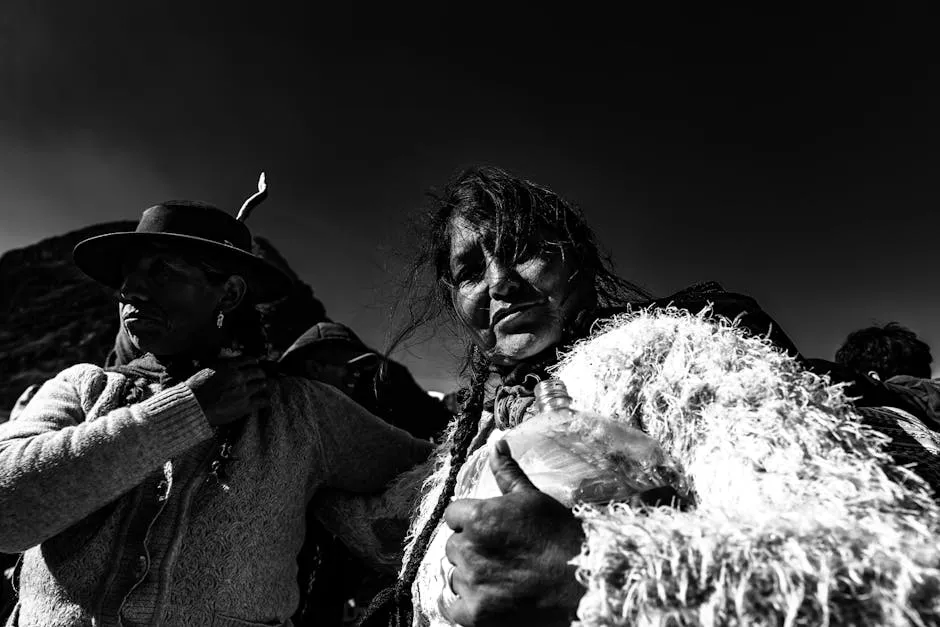
Key Statistics and Data Analysis
Violence Against Indigenous Women
The statistics surrounding violence against Indigenous women are shocking and demand urgent attention. Data shows that 84.3% of Native women have experienced violence in their lifetimes. This figure highlights the pervasive nature of violence within Indigenous communities.
Homicide is the third leading cause of death among Indigenous women, underscoring the dire consequences of this violence. In fact, homicide rates for Indigenous women can be up to ten times higher in certain regions, particularly on reservations.
Recent data reveals that 56.1% of Native women have experienced sexual violence, while 39.8% faced violence in the year preceding the study. These staggering statistics illustrate the need for immediate action and support for Indigenous communities.
Books like “There There” by Tommy Orange provide invaluable perspectives on the contemporary struggles of Native peoples, making the statistics more relatable and personal. These narratives can help bridge the gap between data and human experience.

Missing Persons Data
Analyzing the data on missing Indigenous women and girls reveals a disturbing trend. In 2016 alone, there were 5,712 reports of missing American Indian and Alaska Native women and girls. Yet, only 116 of these cases were logged in the National Missing and Unidentified Persons System (NamUs). This discrepancy raises concerns about the effectiveness of reporting and tracking mechanisms for missing persons.
The lack of comprehensive data significantly hampers efforts to address the crisis. Many cases go unreported or misclassified, leading to a lack of awareness and action. This underreporting can often be attributed to jurisdictional issues, as many Indigenous communities straddle state and tribal borders.
Moreover, the average age of missing Indigenous persons is alarmingly low, with many victims being young women and girls. This highlights the urgent need for targeted interventions and resources to safeguard the lives of Indigenous youth.
As we analyze these statistics, it is clear that the crisis of missing and murdered Indigenous women is a multifaceted issue that requires collaboration among communities, law enforcement, and policymakers. Addressing the root causes and implementing effective measures is essential for ensuring the safety and dignity of Indigenous women and girls.

Human Trafficking and Its Impact
The relationship between Missing and Murdered Indigenous Women (MMIW) and human trafficking is alarming. Indigenous women are disproportionately affected by both issues. A significant percentage of these women face violence and exploitation, often due to systemic vulnerabilities. Research indicates that Native American women are particularly at risk for trafficking, with estimates suggesting that they are 2.5 times more likely to be trafficked than non-Indigenous women.
A report by the Government Accountability Office states that from 2014 to 2016, 27 of 132 tribal law enforcement agencies reported human trafficking investigations. This shows a troubling lack of resources and training in addressing such cases. Barriers like insufficient training, victim shame, and a lack of trust in law enforcement complicate reporting and investigating these incidents. The overwhelming stigma surrounding victims often discourages them from coming forward, perpetuating the cycle of violence and exploitation.
Moreover, many cases of missing Indigenous women are linked to trafficking networks. Vulnerable populations are often targeted, leading to a chilling connection between MMIW and the broader human trafficking crisis. The culture of silence surrounding these issues makes it difficult for families to seek justice or closure. Resources, both legal and social, are desperately needed to combat this intersection of crises.
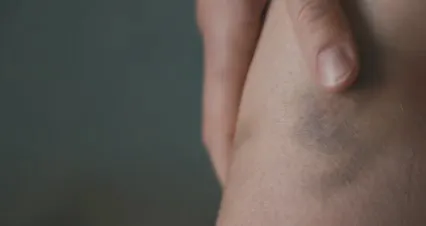
Legislative Actions and Advocacy Efforts
Recent Legislation Related to MMIW
In 2024, significant strides were made in legislative efforts aimed at addressing the MMIW crisis. States across the U.S. have introduced or passed various bills to improve responses to these tragic cases. For instance, Alaska’s SB151 aims to establish a Missing and Murdered Indigenous Persons Review Commission. This commission will analyze the circumstances surrounding cases and recommend actions to enhance law enforcement responses.
California’s AB2279 would create a Bureau of Missing and Murdered Indigenous Women, Girls, and Persons within the Department of Justice. This bureau is designed to facilitate collaboration between tribal governments and law enforcement agencies. It aims to ensure that cases involving Indigenous women receive the attention they deserve and that data on these cases is systematically collected and reported.
Nebraska’s LB328 proposes the creation of the Office of Liaison for Missing and Murdered Indigenous Persons. This office would serve as a vital connection between local, state, tribal, and federal entities involved in these cases. Such initiatives are crucial for enhancing the effectiveness of law enforcement and ensuring that Indigenous voices are heard in the process.
These legislative actions represent a growing recognition of the MMIW crisis and a commitment to addressing the systemic issues that have contributed to it. By enhancing collaboration and oversight, these initiatives aim to provide better support for families impacted by violence and disappearance. As more states take similar actions, the hope is that these efforts will lead to meaningful change for Indigenous women and their families.

Grassroots Movements and Community Initiatives
Community-led initiatives play a pivotal role in raising awareness and advocating for change regarding the MMIW crisis. Events such as the National Day of Awareness for Missing and Murdered Indigenous Women, observed every May 5th, serve as powerful platforms for activism. This day not only honors the lives of those lost but also mobilizes communities to demand justice and accountability.
Throughout the country, grassroots organizations are leading the charge in local advocacy efforts. For example, the Choctaw Nation recently hosted a 5K run/walk event to raise awareness about MMIW. Participants wore MMIW Awareness T-Shirts, reflecting their commitment to the cause. KeyShod Baker, a participant, emphasized the event’s significance, noting that it fosters safety not just for Indigenous women but for all women.
These grassroots movements have been instrumental in changing the narrative around MMIW. They challenge systemic indifference and push for better responses from law enforcement. By engaging local communities, these initiatives create spaces for dialogue and healing. They also highlight the importance of partnerships between community organizations and law enforcement, ensuring that the voices of Indigenous women are prioritized.
In conclusion, the combination of recent legislative efforts and grassroots initiatives illustrates a comprehensive approach to combating the MMIW crisis. While progress is being made, continued advocacy is essential. By fostering awareness and supporting community-led initiatives, we can work towards a future where Indigenous women are safe and their stories are heard.
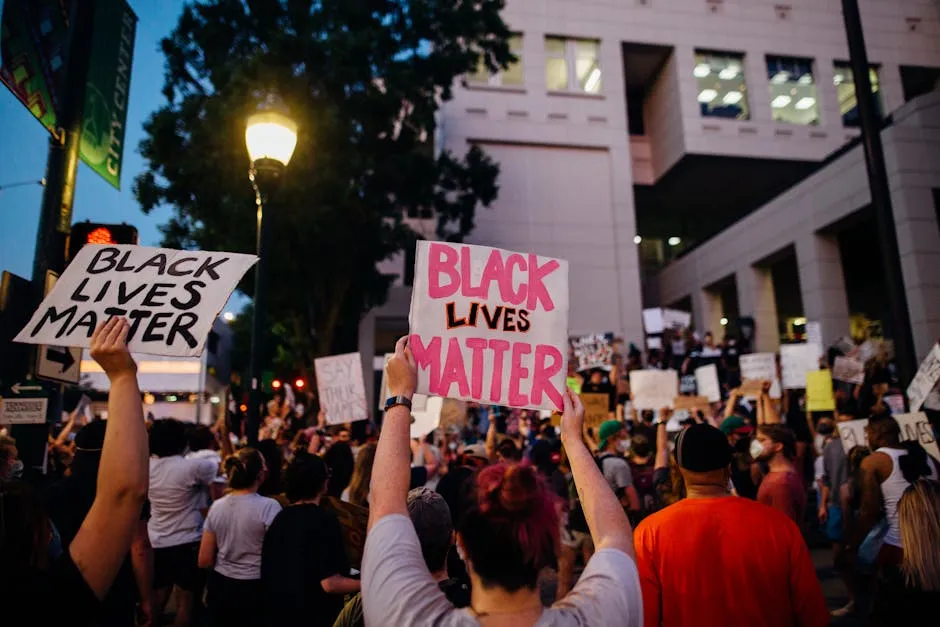
Importance of Public Awareness
Public awareness is crucial in the fight against Missing and Murdered Indigenous Women (MMIW). Education helps dismantle harmful stereotypes. By informing communities about the realities of MMIW, we can enhance responses to these cases. Knowledge empowers individuals to recognize injustices. This, in turn, fosters a supportive environment for victims and their families.
Statistics reveal significant public support for addressing MMIW issues. A survey by the First Nations Development Institute found that 37% of Native Americans identified MMIW as the most pressing concern in their communities. Among non-Native Americans, 74% support ensuring tribes have the final say in negotiations affecting their resources. These figures underscore a growing commitment to advocacy and justice for Indigenous women.
Raising awareness about MMIW can mobilize communities. Events like the National Day of Awareness for Missing and Murdered Indigenous Women serve as powerful platforms for activism. By participating in marches and rallies, individuals can show solidarity and demand change.
Effective education also encourages discussions about systemic issues. Misunderstandings about Indigenous cultures often lead to detrimental narratives. By educating ourselves and others, we can foster empathy and understanding, ultimately leading to better support for those affected by the MMIW crisis.

Strategies for Effective Advocacy
Advocacy can take many forms, and individuals and organizations play a vital role. Here are some actionable strategies to raise awareness and support Indigenous communities:
- Engage in Conversations: Start discussions about MMIW with friends, family, and colleagues. Sharing information can spark interest and foster understanding.
- Support Indigenous Organizations: Contribute to or collaborate with organizations working to address MMIW. These groups often seek volunteers and donations to further their missions.
- Educate Yourself and Others: Stay informed about MMIW statistics and stories. Share articles, books, and documentaries that highlight these issues.
- Use Social Media: Leverage platforms like Twitter, Facebook, and Instagram to spread awareness. Use hashtags like #MMIW and #NoMoreStolenSisters to amplify your message.
- Attend Events: Participate in local events, such as vigils or awareness marches. These gatherings can strengthen community ties and showcase collective efforts.
- Advocate for Policy Changes: Contact your local representatives and urge them to support legislation addressing MMIW. Your voice matters in shaping policy.
Social media plays a significant role in mobilizing public support. It provides a platform for sharing stories and statistics, reaching wider audiences quickly. Hashtags can create movements, leading to increased visibility for MMIW issues.
Ultimately, advocacy requires persistence and collaboration. By taking these steps, we can contribute to the ongoing effort to support Indigenous communities and bring attention to the MMIW crisis.
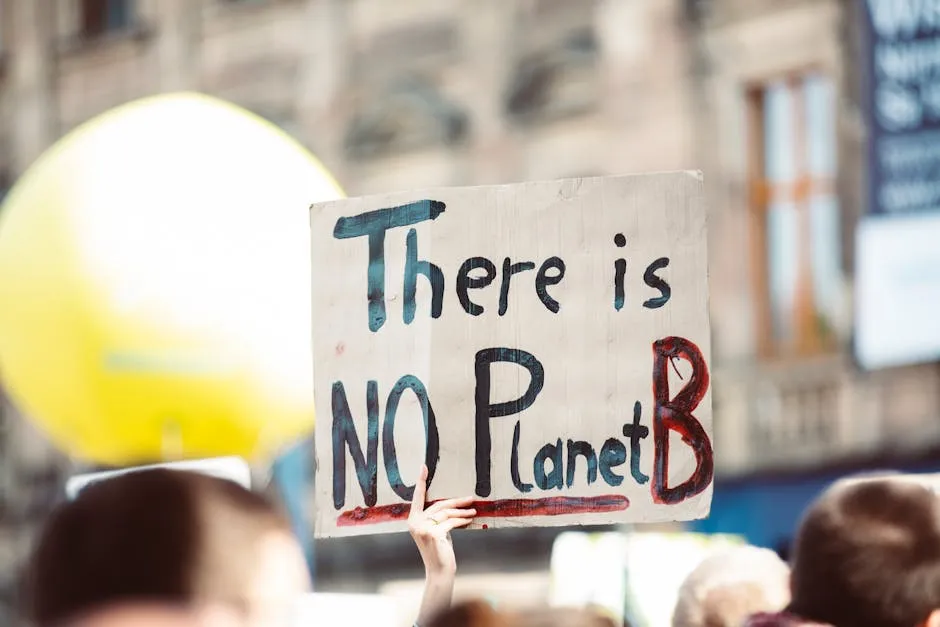
Conclusion
The Missing and Murdered Indigenous Women (MMIW) crisis is a complex issue, deeply rooted in historical injustices and systemic failures. As highlighted in this article, the urgency of addressing MMIW statistics in 2024 cannot be overstated. Public awareness, education, and advocacy are crucial in combating the stereotypes and systemic indifference that exacerbate this crisis.
Statistics paint a sobering picture, with Indigenous women experiencing violence at alarming rates. For example, nearly 84.3% of Native women have faced violence in their lifetimes. Homicide ranks as the third leading cause of death among Indigenous women, illustrating the immediate need for action. The discrepancies in reporting and tracking cases of MMIW further complicate the fight for justice. In 2016, there were 5,712 reports of missing American Indian and Alaska Native women and girls, yet only 116 were logged in the National Missing and Unidentified Persons System (NamUs). Such numbers point to systemic failures that must be addressed.
Continued advocacy is essential as we push for legislative changes and enforce accountability. Recent legislative efforts, such as Alaska’s SB151 and California’s AB2279, are steps in the right direction. These initiatives aim to improve responses to MMIW cases, ensuring that Indigenous voices are heard and prioritized. Grassroots movements also play a vital role in driving awareness and fostering community engagement.
As individuals, we can contribute by raising awareness, engaging in conversations, and supporting Indigenous organizations. Our collective voices can create a ripple effect, sparking broader societal discussions about justice and equity for Indigenous women.
In conclusion, the fight against the MMIW crisis requires a commitment to education, advocacy, and empathy. By standing in solidarity with Indigenous communities, we can honor the lives of those lost and work towards a future where Indigenous women are safe from violence. Let us take action, amplify voices, and demand justice for Missing and Murdered Indigenous Women. Engage with the MMIW movement today, and together, we can help create meaningful change for Indigenous communities across North America.
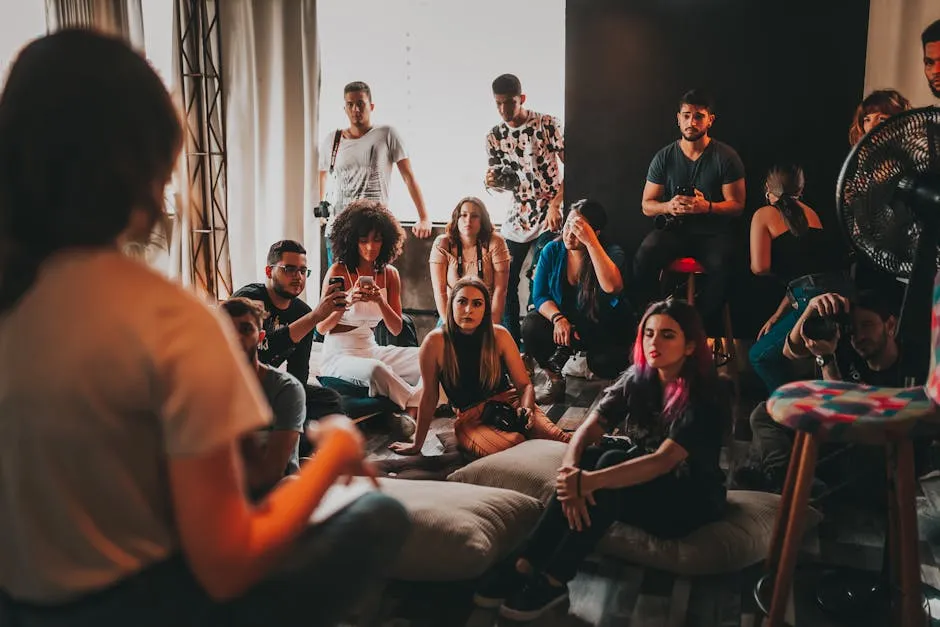
FAQs
What is the significance of MMIW Awareness Day?
May 5 is not just another date on the calendar; it’s a day that resonates deeply within Indigenous communities across North America. This day, officially recognized as the National Day of Awareness for Missing and Murdered Indigenous Women and Girls (MMIWG), serves as a much-needed spotlight on a pressing crisis. So, why May 5? This date honors the memory of Hanna Harris, a young woman from the Northern Cheyenne Nation, who went missing and was found murdered in 2013. Her tragic story highlights the ongoing violence faced by Indigenous women. On this day, people wear red, participate in marches, and engage in various activities to raise awareness. The importance of this day extends beyond remembrance. It serves to educate the public about the systemic issues leading to the high rates of violence against Indigenous women. By advocating for justice and accountability, MMIW Awareness Day encourages communities to unite and demand change. It’s a call to action for everyone to participate in addressing the injustices faced by Indigenous women, ensuring their voices are heard and their stories are told.
How can individuals help address the MMIW crisis?
Feeling overwhelmed by the MMIW crisis? You’re not alone. But fret not! There are concrete steps individuals can take to advocate for change and support Indigenous communities. First, educate yourself. Knowledge is power, and understanding the statistics and stories behind MMIW can inspire action. Share this information with friends and family to spread awareness. Second, support Indigenous organizations. Many grassroots groups work tirelessly to raise awareness and provide resources for families affected by the crisis. Consider donating your time or money to these organizations. Third, engage in conversations. Discuss MMIW issues in your community. Use social media platforms to amplify Indigenous voices. Hashtags like #MMIW and #NoMoreStolenSisters can help raise awareness and foster discussions. Fourth, participate in local events. Whether it’s a march, a vigil, or an educational workshop, showing up matters. Your presence can make a difference and show solidarity with affected communities. Lastly, advocate for policy changes. Contact your local representatives to express your support for legislation that addresses the MMIW crisis. Every letter and call counts!
What resources are available for families of missing Indigenous women?
Families affected by the crisis of missing and murdered Indigenous women often face numerous challenges. Thankfully, several resources and organizations are dedicated to providing support. One vital resource is the National Missing and Unidentified Persons System (NamUs). It assists families in reporting cases and provides tools for tracking missing persons. The National Indigenous Women’s Resource Center (NIWRC) is another essential organization. It offers resources tailored to support families, including guides for navigating legal systems and access to mental health services. Local organizations, such as the Native Women’s Association of Canada (NWAC), provide advocacy and support services, focusing on the unique needs of Indigenous families. Additionally, many states have established task forces or commissions to address the MMIW crisis. These groups often provide resources and support for families while working to improve law enforcement responses. Lastly, community support groups can be incredibly valuable. These groups offer a safe space for families to share their experiences, connect with others, and access emotional support. In conclusion, while the MMIW crisis can feel overwhelming, numerous resources exist to assist families navigating this painful journey. By utilizing these resources, families can find the support and advocacy they need.
Please let us know what you think about our content by leaving a comment down below!
Thank you for reading till here 🙂
All images from Pexels

